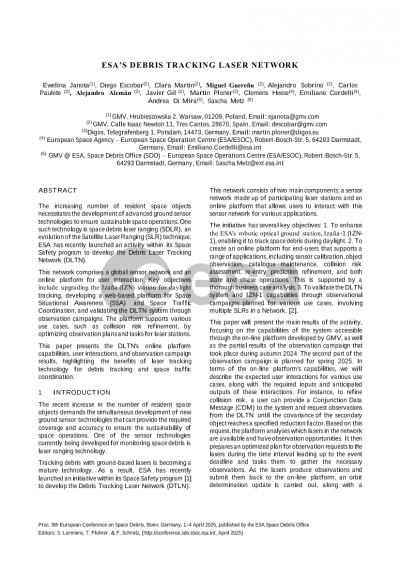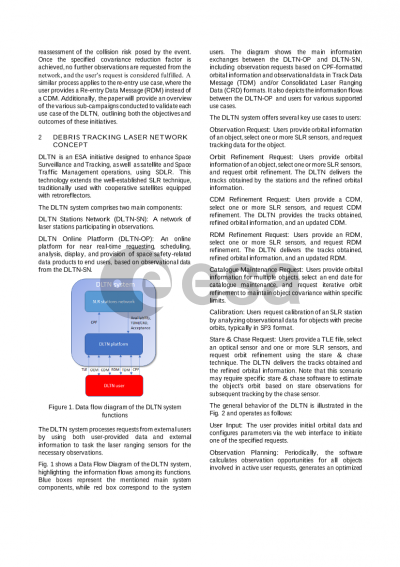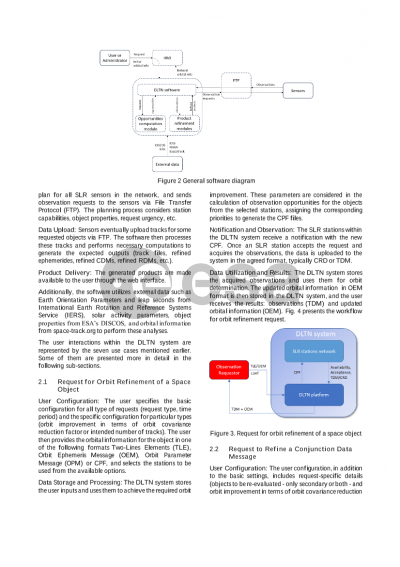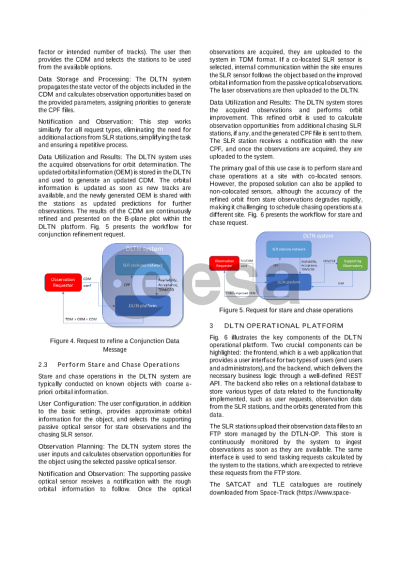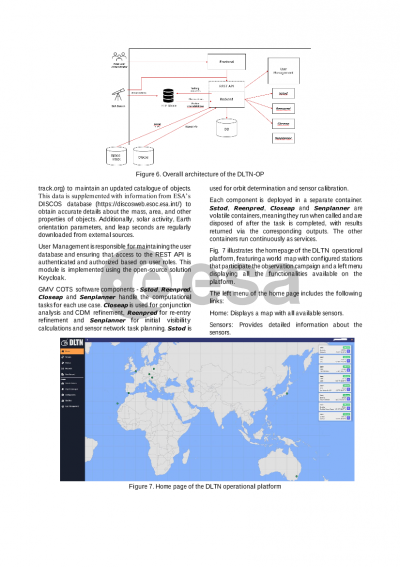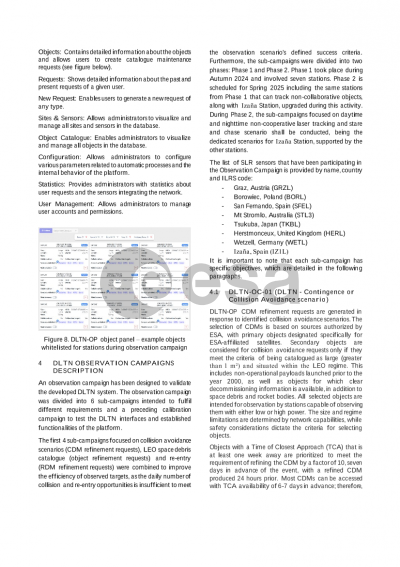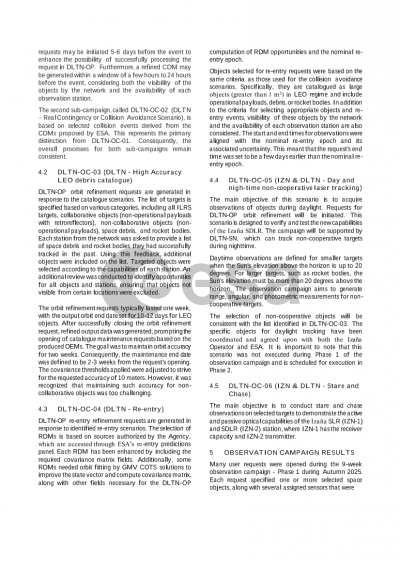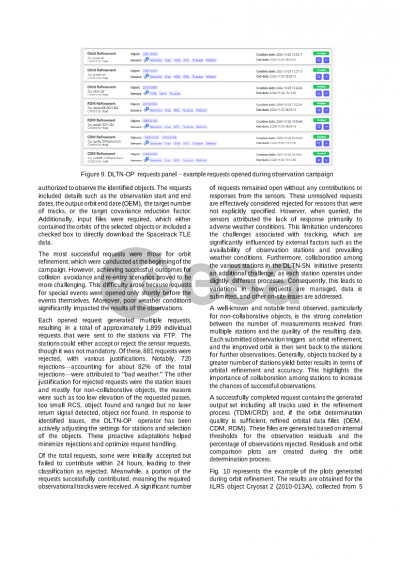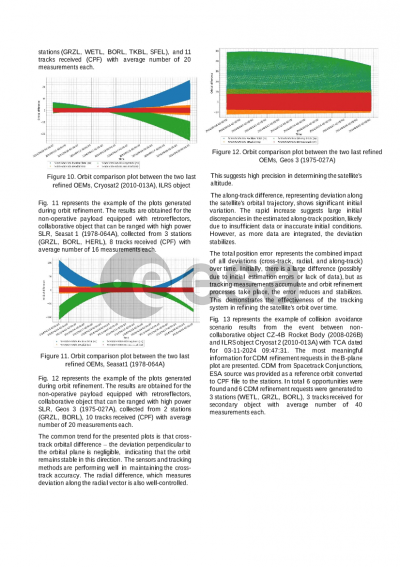Document details
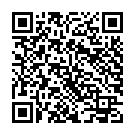
Abstract
The current increase on the number of resident space objects to tens or even hundreds of thousands of objects demands the development of new ground sensor technologies able to provide the coverage and accuracy required to ensure the sustainability of space operations. One of the sensor technologies being evolved nowadays for space debris tracking is the space debris laser ranging (SDLR) technique as an evolution of the well-known Satellite Laser Ranging (SLR) technique.
In the area of SDLR, ESA has recently launched an activity within its Space Safety program to develop the so-called Debris Laser Tracking Network (DLTN), designed with two main components, a word-wide sensor network composed of participating laser stations, and an on-line platform allowing users to interact with the sensor network for various use cases. The activity has as main objectives: 1) extension of the ESA robotic optical ground station, Izaña (IZN), by Digos, to allow for daylight space debris laser tracking, 2) development by GMV of an on-line web-based platform for end-users to support SSA and Space Traffic Coordination activities through orbit refinement, catalogue maintenance, collision risk refinement, re-entry prediction refinement, and stare and chase, and 3) validation of the entire DLTN system through observation campaigns involving various laser ranging stations.
This paper will present the main results of the activity in relation to the DLTN on-line platform and the validation observation campaigns, already started and expected to finish by early 2025, after the completion of the upgrade of the Izaña laser station.
In terms of the capabilities of the on-line platform, the expected interaction of the user with the platform for the various use cases supported will be described, as well as the required inputs and expected outputs of such interactions together with the main processes taking place, both on the side of the online platform as well as on the side of the laser stations. For example, in the collision risk refinement, a user can provide a Conjunction Data Message (CDM) to the DLTN and request observations until the covariance of the secondary object reaches a value according to a user-specified reduction factor. Based on this request, the on-line platform analyzes which laser stations in the network are available and have the capability of observation of the secondary object, prepares a plan optimizing the observation requests to the lasers during the time interval up to the event deadline, and tasks them to gather the required observations. This is iterated until the requested covariance reduction is achieved in the orbit determination process carried out with the observations obtained.
In relation to the observation campaigns, a presentation will be done of the preparation, execution and final results of the different sub-campaigns performed to validate each of the use cases of the DLTN. A summary of the main benefits, based on optical tracking technology (both laser and passive), of using the DLTN concept for debris tracking in support of SSA and space traffic coordination activities as derived from the observation campaigns will be presented.
Preview
